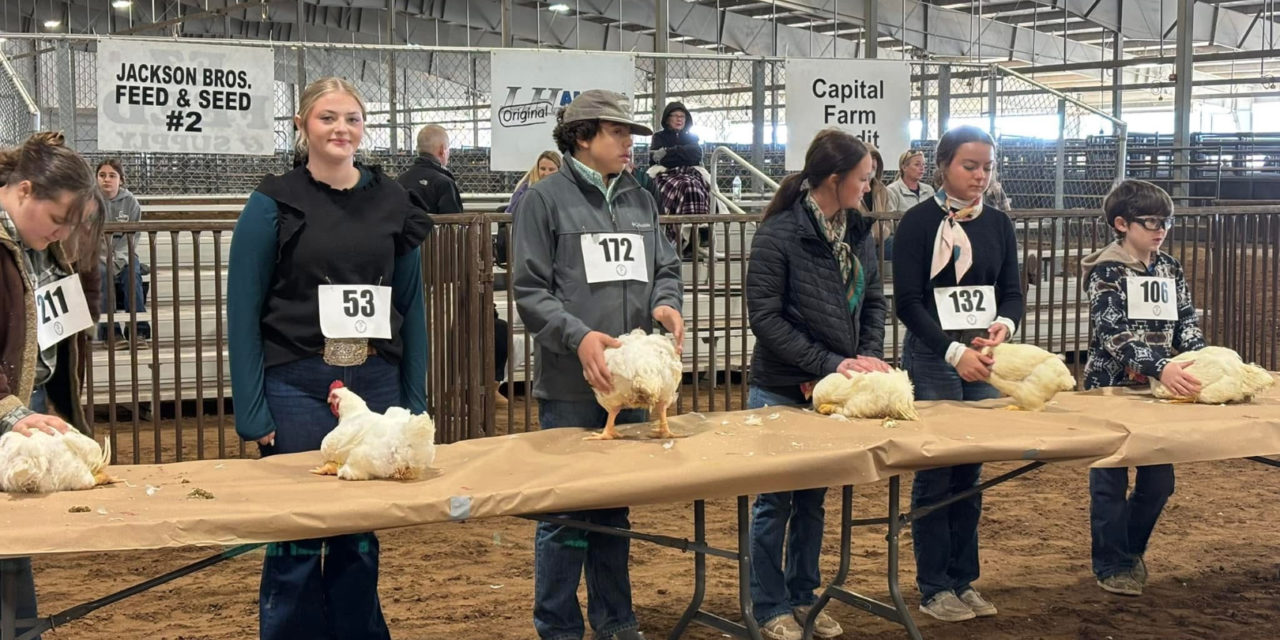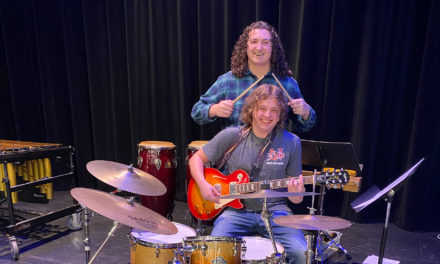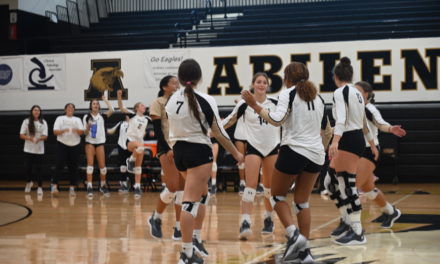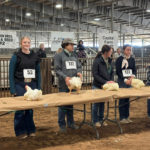By Ethan Barriga.
On January 16 and 17, FFA showed pigs, lambs, and goats at the local and county shows.
Students earned buckles, and approximately $9,000 in sales were issued to students.
When a student sells their animal, their sales could contribute toward their college or
postsecondary plans, since their sales are individual and do not go toward the school.
Instructor Cindy Easley said that students presented different types of livestock, and were
successful in most of the competitions they were all involved in.
“We had all the rabbits, chickens, and a heifer to show,” Easley said. “Some of these animals
are more difficult to present, so it was impressive to see all our students’ success throughout the
day.”
With a few weeks to show their animals, students expect different difficulties for different
types of animals. Senior Mason Murray trained her goats, and describes how different the
training experience can be for each animal.
“It’s like training a dog in a way,” Murray said. “You teach it to walk and sit up, and you just
work on that until competition starts.”
For participating, students earned scholarships for high class placings or overall impressive
results from judges.
“Students were competing to go back into their project in order to pay fees and show
expenses,” Easley said. “Some students choose to save the money for their project next year.”
Depending on the species, show season animals have different outcomes at the end of each
season. Students can keep some animals as personal pets, but most animals either go back to
their breeder or contribute to the agriculture chain.
“Food animals are usually slaughtered and sold for the food chain,” Murray said. “Animals can
also be reused for future projects or you can keep them as pets.”
Freshman Addie Frazier trained and showed chickens and goats, earning a buckle in the
lightweight division. She faced an additional challenge during this season, and it wasn’t learning
to train her animals.
“Some people have expensive goats,” Frazier said. “It can be hard to compete when you try to
keep up with $10,000 animals but luckily I was able to figure it out.”
After the show season has concluded, FFA continues to work toward next year’s project or
they prepare for their career development unit.
“After show season we tend to focus heavily on our CTE portion of FFA,” Easley said. “We
also learn what to improve on for the next season.”
These CTE portions still help FFA, providing students with showmanship skills. It also
prepares them for their future after high school.
“Our career section helps a lot, especially toward our underclassmen,” Murray said. “They
learn how to earn connections with breeders and even find what agriculture careers they are
interested in after high school.”










